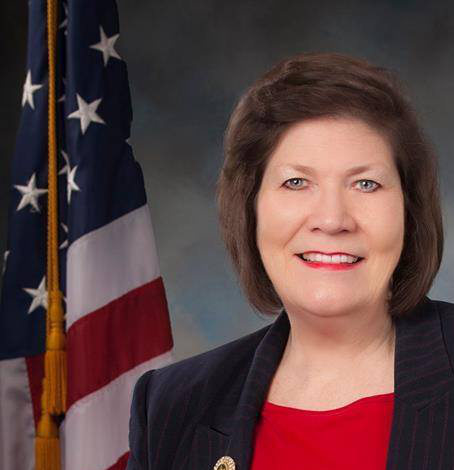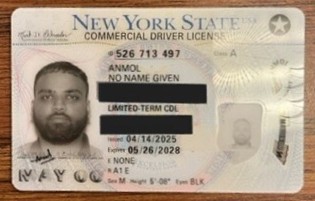Parental Rights, Mental Health Labels, and Treatments for Students
By Linda Murphy
When I started teaching in Special Education I had certification, education, and training in working with all “exceptionalities” of students with special needs. That included students labeled as emotionally disturbed.In the university, my professors kept the emphasis on working with parents and parental rights according to federal law, which we were required to follow. The law, passed by Congress in 1975, PL-94-142 required schools to follow specific guidelines in writing and implementing each student’s Individualized Education Plan (IEP). The IEP could not be written without the parents’ participation and approval. The “confidential files” with testing, IEP, doctors’ reports, and other private records of the student were kept in a locked file drawer for use only by the student’s teacher and parents.
The Federal education website states that before the 1975 federal law, PL-94-142, called the Education for Handicapped Act (EHA), many children were denied access to education and opportunities to learn. In 1970, U.S. schools educated only one in five children with disabilities, and many states had laws excluding certain students, including children who were deaf, blind, emotionally disturbed, or had an intellectual disability. Our education mission was to bring “equal opportunity” to all children for a “free appropriate education.”
The 1975 EHA mandated programs and services for children 3 to 21 years that were consistent with state law, but in 1986 amendments to the EHA mandated that states provide programs and services from birth. The law was amended to reach children in their homes, who were referred or “found” in a child count campaign before they come to school. “These early interventions and preschool programs prepared young children with disabilities to meet the academic and social challenges that lie ahead of them, both while in school and in later life.”
The 1986 amendments expanded the role of the school in evaluating and labeling children and extended it down into the home. In addition to increased federal and state intervention into the lives of children and parents, changes made by professional medical organizations have created some dangerous situations that now exist in labeling mental health conditions.
One of the troubling changes is the use of the medical label “Gender Dysphoria,” defined as a mismatch between the “gender identity” of a person and their actual physical body. Today professional counseling guidelines are in place requiring counselors to agree with or “affirm” a child’s belief that their “true” sex is different from their biological body. "Gender Dysphoria" is now an official classified mental health condition in the Diagnostic Statistical Manual (DSM). This is used for insurance payment and other funding, which serves to enforce the use of the label.
Who decides when to label a child with “Gender Dysphoria” and how does that lead to a physical Sex Change? The following simplified outline shows how easily this process can be set into motion and occur:
5-Steps to Sex Change in Children
1. Child sees or hears about transgender/sex change through television, friends, classmates, family members, cartoons, books, or movies.
2. Child feels/fears/thinks that he/she may be in the “wrong body.”
3. Child becomes distressed/depressed/confused and is referred to a counselor who “affirms”/agrees with the child’s belief.
4. Child sees a psychiatrist who diagnoses him/her and labels the condition as “Gender dysphoria.”
5. Child is referred to a medical doctor to transition to opposite sex via chemical treatments and/or medical procedures.
Oklahoma has passed a law to help stop this treatment for children but .... That can be just a delay in treatment until they reach legal age. The process that leads to the ultimate sex change is still in place with only a time delay for treatment. The first step in the process, as outlined above, ties into the concerns about some school libraries which have had children’s books that are conditioning/ preparing/ training/ teaching the young reader to accept transgenderism and/or reject having an identity in the “sex you are born with.” These books for children have an influence that should not be ignored.
This preconditioning for accepting gender identity as a choice to be made is occurring even at birth promoted by groups of adults who believe in imposing what some university research has coined as “non-binary” training for babies. Supporters of this theory say it gives a child the freedom to “explore” and not have a sexual identity “imposed” on them by others.
The mental health of students in some K-12 schools is being surveyed on-line, on paper and/or by observation. Parents and teachers need to be informed in advance with full transparent disclosure providing exact information about what instruments or programs will be used. Then only with parental consent should these surveys, assessments or evaluations be given to a student.
The practice of “flagging” a student deemed as “at risk” for a mental health illness is very dangerous territory. We should have NEVER crossed this line. I and other educators were trained against labeling “at risk” indicators in the earlier days of special services. Like many other areas of our lives …. the “mission creep” of government “services” and the gradualism of changes in professional practice have brought us to a point where we must put on the brakes and evaluate all that is being done in the name of “helping the students.”
As an educator I was trained to analyze assessments, tests, curriculum, books, and other materials and methods to determine the concepts being taught and tested. We were taught to be accountable for what we tested and why we tested it. Teachers, librarians, administrators, and school board members must have the responsibility and be held accountable for evaluating what is being utilized with students and Oklahoma state law must be focused on returning that authority to local control.
Linda Murphy was Oklahoma Governor Keating’s Education Advisor, Deputy Commissioner of Labor for Workforce Education and Training, Administrator of the Eastern Oklahoma Department of Labor, Member of the State Job Training Coordinating Council, and the Governor’s School-to-Work Council. She was a candidate for State Superintendent of Public Instruction in 1994, 1998 and 2018. Murphy was appointed by Governor Keating as Secretary of Education, but was denied confirmation by the majority Democrat Education Committee, following her 49.5% statewide vote in 1994. She also served on the Governor’s Commission on the Status of Women. More recently, she has served as chairman of the Oklahoma Republican Party’s Committee on Education. She is chairman of the OK Educators Network. You may contact Linda at: lindalearn1@yahoo.com









Latest Commentary
Thursday 30th of October 2025
Thursday 30th of October 2025
Thursday 30th of October 2025
Thursday 30th of October 2025
Thursday 30th of October 2025
Thursday 30th of October 2025
Thursday 30th of October 2025
Thursday 30th of October 2025
Thursday 30th of October 2025